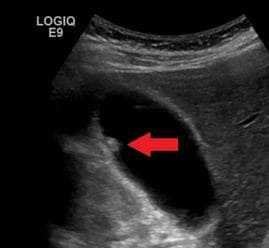Lung cancer, a significant and intricate health issue, impacts individuals worldwide. According to the American Lung Association, it has been the primary cause of cancer-related fatalities in both males and females since the 1950s. The prevalent forms of lung cancer are non-small cell lung cancer (NSCLC) and small cell lung cancer (SCLC).
The survival rate of people with lung cancer can differ based on different factors like the type and stage of cancer, as well as whether the cancer has spread to other parts of the body, like the brain and bones.
Understanding Life Expectancy in NSCLC and SCLC: A Look at the Data
Upon analyzing the statistical data from 2012 to 2018, the 5-year relative survival rate for NSCLC was found as follows:
- Localized: 65%
- Regional: 37%
- Distant: 9%
- All SEER stages combined: 28%
In contrast, the 5-year relative survival rates for SCLC were significantly lower:
- Overall survival rate: 7%
Noting these numbers, it’s crucial to remember these values only apply to the stage of cancer when it is first diagnosed.
Lung Cancer With Brain And Bone Metastases
When lung cancer metastasizes to the brain or bones, the prognosis typically becomes less optimistic. Metastasis indicates an advanced stage of cancer and poses challenges for treatment.
Additional vital factors worth considering include individual health conditions and smoking history. Recent reports indicated the 30-month overall survival rates for smokers and never-smokers at 32% and 49% respectively.
Wrapping Up
While survival rate statistics can provide a general idea about the expected prognosis, they do not conclusively predict individual outcomes. Each patient is unique, and these figures should be discussed in the context of personalized care with the treating physicians.
To aid in understanding these numbers, one-on-one assistance is available. Free services such as the American Cancer Society offer support to people with breast cancer. These services offer valuable resources for understanding cancer diagnoses and treatments, thereby promoting better patient outcomes.
In conclusion, it is important to emphasize the crucial importance of detecting lung cancer early and providing immediate treatment in order to enhance the life expectancy of patients.
About the Author
Reyus Mammadli is the author of this health blog since 2008. With a background in medical and biotechnical devices, he has over 15 years of experience working with medical literature and expert guidelines from WHO, CDC, Mayo Clinic, and others. His goal is to present clear, accurate health information for everyday readers — not as a substitute for medical advice.







